After a tough workout, your muscles are often fatigued, sore, and in need of some recovery time. This is where compression leggings have become a popular tool among athletes, fitness enthusiasts, and anyone looking to enhance recovery. These leggings are designed to provide graduated pressure on the legs, promoting better blood circulation, reducing muscle fatigue, and supporting faster recovery. But do compression leggings really work when it comes to post-workout recovery? Let’s explore the science behind compression wear and examine whether they truly live up to the hype.
What Are Compression Leggings?
Compression leggings are made of tight, stretchy fabric designed to apply pressure to specific areas of the legs. This pressure is known as “graduated compression,” meaning the leggings are tighter at the ankle and gradually become looser toward the waist. The idea is that this targeted pressure helps improve blood circulation, reducing the risk of swelling, muscle soreness, and injury. Compression leggings are commonly worn during and after physical activities, particularly in the recovery phase.
How Do Compression Leggings Work for Recovery?
Compression leggings promote recovery by enhancing circulation and reducing muscle soreness through several mechanisms:
1. Increased Blood Flow
The primary function of compression leggings is to promote better blood circulation. During exercise, the muscles work hard and create metabolic waste products like lactic acid. Poor circulation can slow down the removal of these waste products, leading to delayed onset muscle soreness (DOMS). Compression leggings help with the return of blood to the heart, allowing oxygen-rich blood to reach the muscles faster, which can aid in removing waste products and providing nutrients for muscle repair.
2. Reduced Swelling
Compression helps to prevent or reduce swelling after intense physical activity. It works by applying pressure to the legs and limiting the amount of fluid that can accumulate in the tissues. For individuals who experience post-workout swelling, compression leggings can be especially beneficial in minimizing this discomfort.
3. Muscle Support and Stabilization
Compression leggings provide muscle support by gently holding the muscles in place. This stabilizing effect can help prevent muscle vibration, which is often associated with muscle fatigue and soreness. By reducing excessive movement, compression wear may help prevent damage to the muscle fibers and promote a quicker recovery.
4. Enhanced Recovery Time
By improving blood circulation and reducing swelling, compression leggings help the body recover faster after a workout. This means you can get back to your fitness routine more quickly and experience less soreness between sessions. Compression wear can be especially beneficial when you’re training multiple times a week or engaging in intense physical activity.
The Science Behind Compression Wear
Many studies have been conducted to examine the effectiveness of compression leggings in post-workout recovery. The results have been mixed, but several findings suggest that compression can offer some benefits for recovery:
- Increased Circulation: A study published in the Journal of Strength and Conditioning Research found that compression garments, including leggings, improved blood flow in the legs after exercise, which may contribute to faster recovery.
- Reduced Muscle Soreness: Research in Sports Medicine indicated that wearing compression garments after exercise might reduce the symptoms of DOMS, or delayed onset muscle soreness, though the effects are not dramatic. It’s believed that compression may help manage discomfort but won’t completely eliminate it.
- Lowered Inflammation: Some studies have shown that compression can reduce the amount of muscle inflammation following exercise, which helps in quicker recovery.
While these studies suggest benefits, it’s important to note that the effects of compression are often subtle and vary from person to person. The effectiveness of compression wear can depend on the individual’s body, the intensity of their workouts, and the type of compression garment they wear.
Do Compression Leggings Really Work for Recovery?
While the scientific evidence isn’t overwhelmingly strong, there is enough research and anecdotal evidence to suggest that compression leggings can be beneficial for post-workout recovery, especially when used consistently. They may not work miracles, but they can help alleviate muscle soreness, reduce swelling, and speed up recovery by improving circulation.
For people who engage in high-intensity workouts, endurance sports, or heavy lifting, compression leggings can serve as an additional recovery tool. However, they should not be seen as a replacement for other crucial recovery methods, such as stretching, hydration, nutrition, and adequate rest.
It’s also important to remember that compression leggings are most effective when they are worn for a reasonable period of time after exercise. Wearing them immediately post-workout for about 1-2 hours or while you sleep can provide the most noticeable benefits.
Are Compression Leggings for Everyone?
Compression leggings can be helpful for anyone looking to reduce muscle soreness and improve recovery time, but they’re particularly beneficial for athletes and individuals who engage in high-intensity workouts. For those with pre-existing medical conditions such as deep vein thrombosis (DVT) or other circulation issues, it’s essential to consult a healthcare professional before using compression wear. Compression wear can also be uncomfortable for some individuals, especially if they choose a pair that’s too tight or if they have sensitive skin.
How to Use Compression Leggings for Maximum Benefit
To get the most out of your compression leggings for recovery, follow these tips:
- Wear Them After Your Workout: The best time to wear compression leggings is immediately after your workout or during the recovery period. This is when the muscles are still working to repair and rebuild.
- Combine with Other Recovery Techniques: While compression leggings help with circulation and swelling, they work best when combined with proper hydration, balanced nutrition, stretching, and enough sleep.
- Choose the Right Fit: Make sure your compression leggings fit snugly but are not too tight. They should provide enough pressure to promote circulation without causing discomfort or restricting movement.
- Wear Them During Sleep: Some people prefer wearing compression leggings overnight to take advantage of the extended recovery time while they sleep.
Conclusion
Compression leggings are not a magic bullet, but they can certainly enhance your post-workout recovery. They may help reduce muscle soreness, promote better circulation, and reduce swelling, making them a valuable addition to your recovery routine. Whether you’re an athlete, a fitness enthusiast, or just someone who wants to feel better after a tough workout, compression leggings can be an effective tool to support your muscles and help you bounce back quicker. As with any recovery method, it’s best to combine compression wear with other healthy habits like hydration, stretching, and rest for the best results.
-
 Designer Leggings Black Floral Leopard Animal Print$81
Designer Leggings Black Floral Leopard Animal Print$81 -
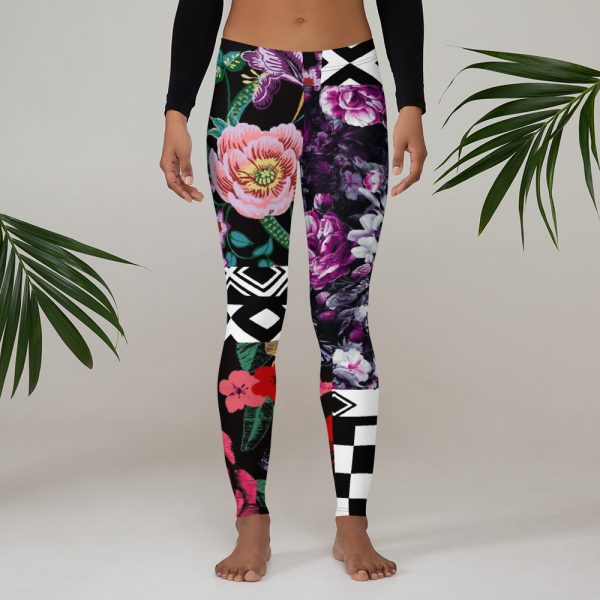 Leggings Black Floral Purple Red White Checkered$81
Leggings Black Floral Purple Red White Checkered$81 -
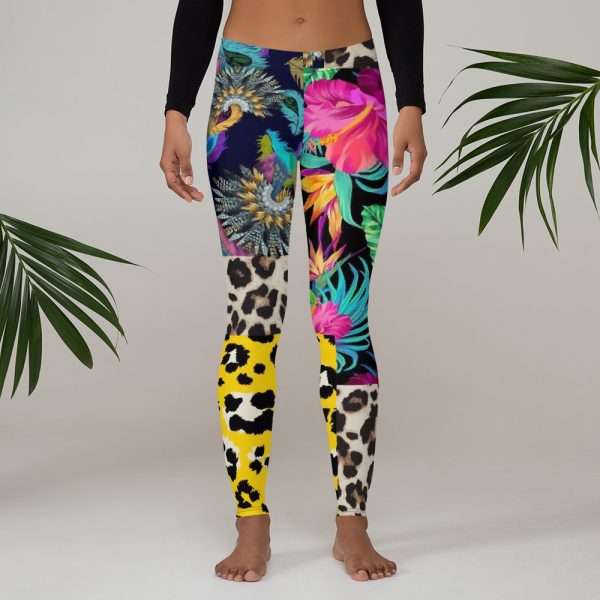 Leggings Floral Black Yellow Green Leopard Animal Print$81
Leggings Floral Black Yellow Green Leopard Animal Print$81 -
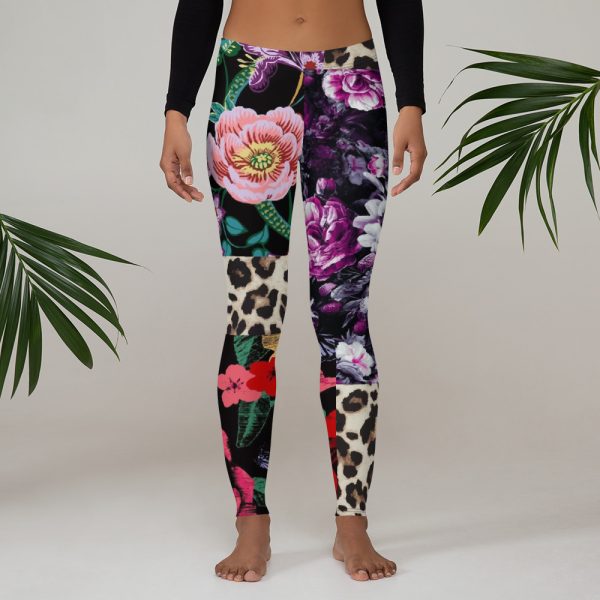 Leggings Floral Black Purple Red Leopard Animal Print$81
Leggings Floral Black Purple Red Leopard Animal Print$81 -
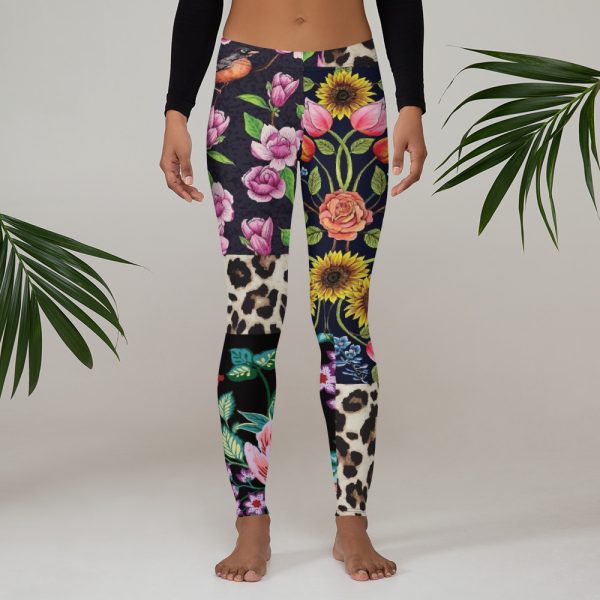 Leggings Floral Black Green Purple Leopard Animal Print$81
Leggings Floral Black Green Purple Leopard Animal Print$81 -
 Leggings Floral Rainbow Green Green Purple Leopard Animal Print$81
Leggings Floral Rainbow Green Green Purple Leopard Animal Print$81 -
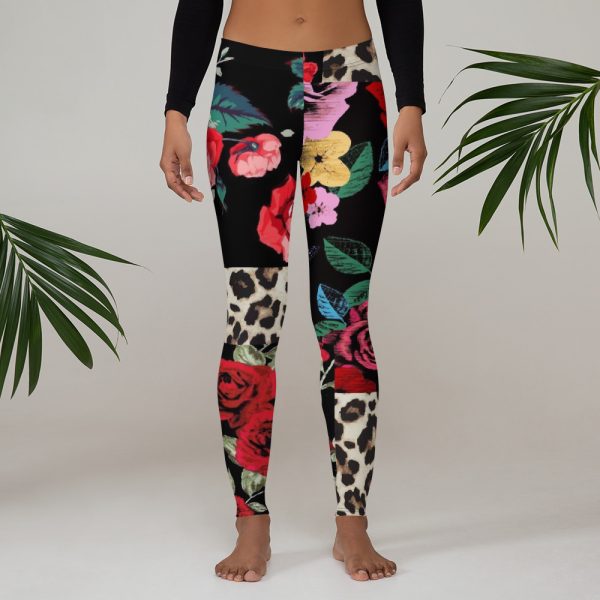 Leggings Floral Black Red Leopard Animal Print$81
Leggings Floral Black Red Leopard Animal Print$81 -
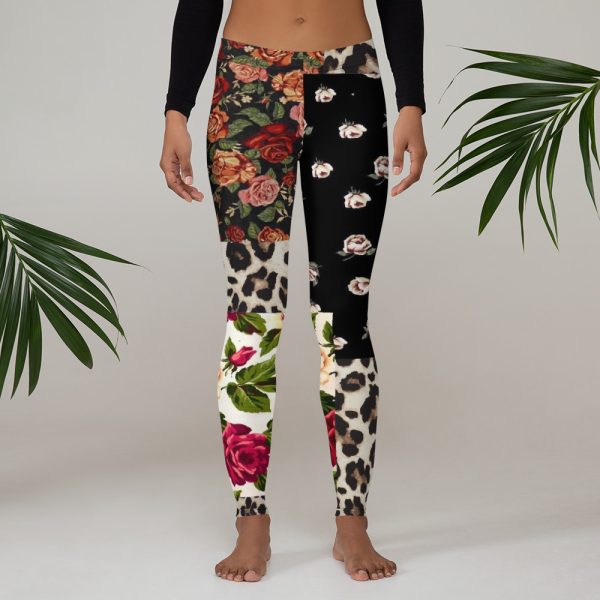 Leggings Floral Black White Brown Leopard Animal Print$81
Leggings Floral Black White Brown Leopard Animal Print$81 -
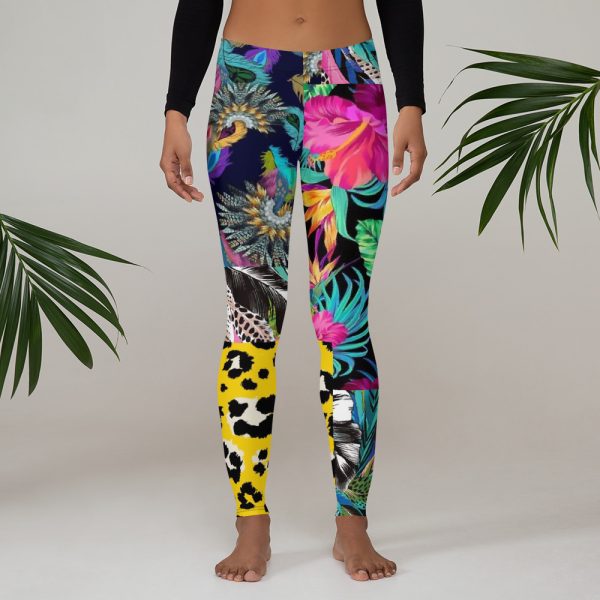 Leggings Floral Black Yellow Green$81
Leggings Floral Black Yellow Green$81
